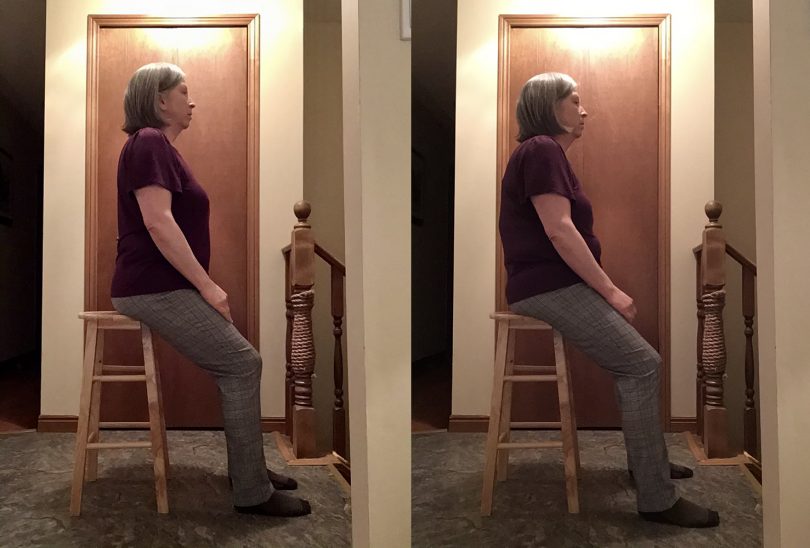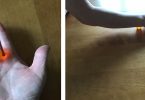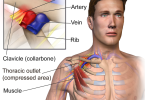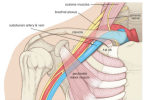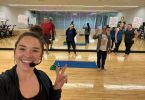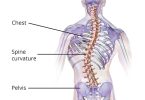We are sitting a lot these days.
There are fewer opportunities for sports activities, and we are spending more time in our homes going from the computer to the couch. That’s a lot of sitting!
Our bodies are not designed for sitting. Ancient humans did not sit in chairs. They walked, hunted, gathered, built and dismantled camps, squatted and knelt. Not many of us squat in North America. Our hips don’t have adequate mobility, as we don’t squat much after the age of 4 and don’t move our bodies enough in the way they are designed to move.
However, working up to squatting could be a new habit to add to your daily regimen. It would be easy to work it in to TV watching. You can start off with a book or two under your heels if your calves are tight. This will allow you to get into the squat position more comfortably until your calves release.
But when you have to sit, there are some tips to make it less taxing on your body.
A little test to try: Sit in your chair with your feet on the floor and slouch like you would at the end of a long day. Does your weight fall to the back edge of your sitting bones? If you take note, your tailbone will be tucked under between your sitting bones, and the weight in your feet will be light. Your shoulders will be rounded, and your chest dropped. Your head will be forward, and this creates a bulge at the base of the back of your neck. This type of sitting could potentially lead to joint degeneration and back, neck and shoulder pain.
How do we sit comfortably and healthfully?
Here are some foundational tips you can use to sit in a healthy way to decrease back, neck and shoulder pain:
1. Use a chair with a firm flat surface.
2. Make sure the chair is tall enough that your hips are higher than your knees.
3. Sit on the chair as if it were a stool without a back (you will be upright with a curve in your low back).
4. Roll forward off your tailbone and onto the front edge of your sitting bones, allowing your upper thighs and feet to have more weight in them.
These tips will ensure you have a wide base of support with your pelvis. As long as your pelvis is tipped back, like it is when we slouch, no amount of muscle will improve our ability to keep our trunk erect and keep pain and discomfort at bay.
Let’s talk about when you want to kick back and recline during a movie. The trick is to lean back on the backrest without rolling back on your sitting bones, without bringing your tailbone underneath you, and without flattening the curve in your low back. You can do this by leaning straight back from your hips.
Start the healthy sitting position with your buttocks into the back of the chair and lean straight back until your upper back touches the backrest. Then you can let your low back relax. At this point, you will still have a slight curve in your low back. You will feel the weight in your sitting bones – not your tailbone. You will find that your chest stays open, and your shoulders don’t round forward. It will take some practice to build up your muscles to sit comfortably in this position, but once you do, it’s pretty wonderful.
By Gwen MacLean for Living Balance Clinic

